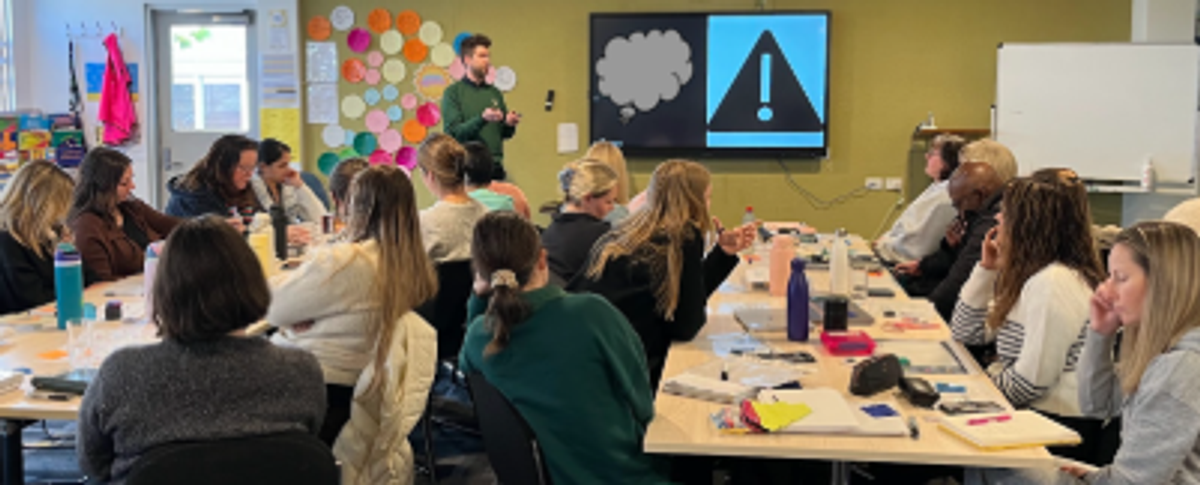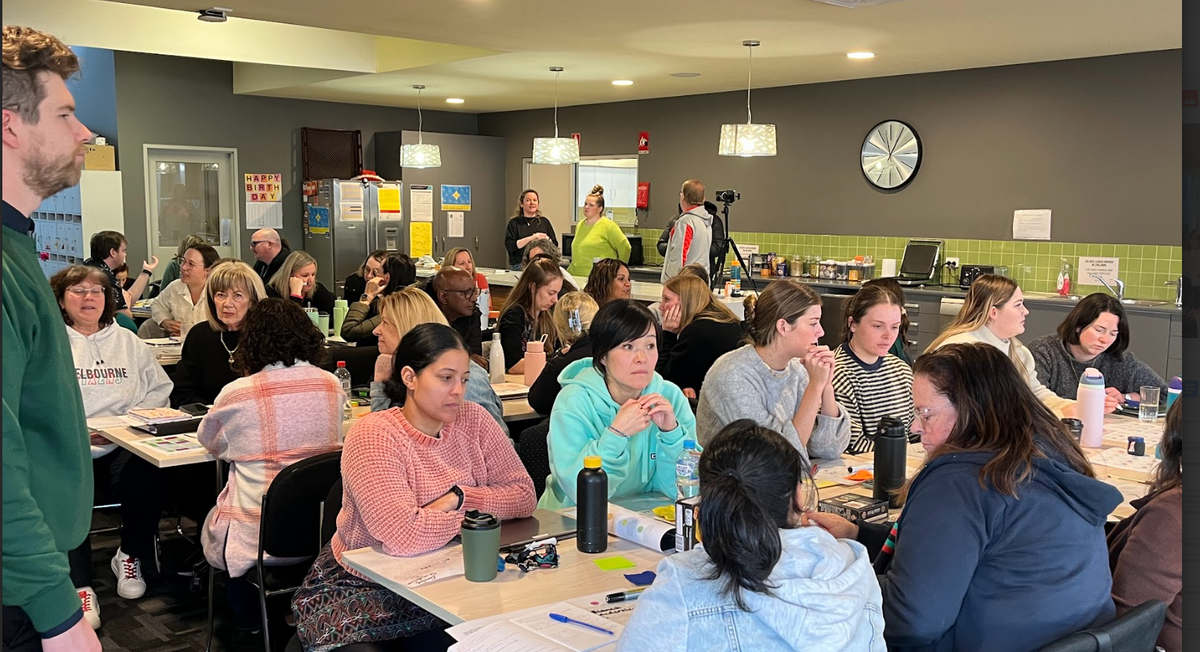MACS Flourishing Learners - Vision for Instruction

The Art of Teaching — Finding Our Groove Together
On Monday 4th August, the St Mark’s staff set aside their usual classroom routines and came together for another full day of learning, conversation, and professional growth. Led again by education expert Dr Nathaniel Swain, we reviewed and explored the art and science of adaptive and responsive teaching — the ability to read the room, make real-time changes, and ensure every learner has the best possible chance to succeed.
Nathaniel began by taking us deeper into the world of reading comprehension — not just the mechanics of sounding out words, but the layers that make meaning possible. We reviewed and unpacked the role of schema (background knowledge), mental models (how the pieces fit together), the text base (literal meaning), and the surface code (vocabulary and decoding). These aren’t just abstract terms; they’re the hidden gears turning when a child reads fluently and understands what they read.
We explored how the right choice of books accelerates learning: rich prose that models beautiful language, high-quality fiction that pulls readers in, and well-chosen non-fiction that feeds curiosity and expands essential knowledge. Graphic novels are fine in moderation — a bit like junk food — but students actually need a steady diet of rich, high-quality books to truly grow as readers and thinkers. Nathaniel reminded us of the Matthew Effect — the rich-get-richer, the poor-get-poorer pattern in reading — and the Peter Effect — I cannot give what I do not have — and the responsibility we have to make sure all students are provided with the opportunity to build the kind of knowledge great writers expect their readers to have.
We revisited several high-impact teaching techniques as Nathaniel reminded us that teaching techniques can feel awkward before they become artful. Just like great artists, great teachers are not only creative but also technically skilled. In our profession, technique matters — and it’s not enough to simply talk about a method; it must be enacted and practised. Learning a new approach can feel uncomfortable at first, but the artistry emerges in the delivery, in how we respond to our students, and in the way we make the technique our own.
Nathaniel also challenged us to rethink cognitive load — the brain’s limited capacity to process information — and how to keep that load working for, not against, learning. We explored the balance between intrinsic load (the essential content students need to master) and extraneous load (the “nice but not necessary” extras that can distract and dilute focus). The goal is to keep students in the “Goldilocks zone” of learning — not too easy, not too hard — so their minds are free to concentrate, connect ideas, and truly remember.
Throughout the day, we explored the rhythm of teaching — how to weave strategies together so lessons remain both engaging and purposeful. We re-examined the 80–20 principle and addressed concerns around stamina, considering how to mix up timings and adjust the flow of the day to manage students’ energy levels. We revisited strategies such as paired fluency reading, gestures, tracking, and choral reading to keep every student actively involved. We also looked at building understanding through the smart use of music, role-play, and creative activities — always anchored in the research behind effective teaching. Finally, we practised adapting in the moment: adjusting the pace, re-teaching when needed, and using thoughtful questioning to draw every voice into the learning.
As Nathaniel reminded us, the first step in adaptive teaching is teaching really well. That means building lessons on a solid foundation of strong pedagogy, clear sequencing, and meaningful connections to prior learning. We saw how resources like Core Knowledge units, Read2Learn, and Ochre units can provide a rich base of content, giving every student access to the knowledge they need to make sense of the world. By the end of the day, we weren’t just talking about techniques — we were planning how to bring them to life in our own classrooms. We reflected on how building knowledge is critical for boosting reading comprehension and other academic outcomes over time, and how explicitly teaching detailed content knowledge can have a lasting impact. Like any art form, great teaching is grounded in strong technique, but it’s the responsiveness — the way we connect, adapt, and respond to our students — that makes it truly powerful.
Teaching, as Nathaniel put it, is like “building the plane while flying it” — but with the right knowledge, tools, and teamwork, we can keep “finding our groove” in the days ahead, confident that our professional learning translates directly into richer learning experiences for every child at St Mark’s.




